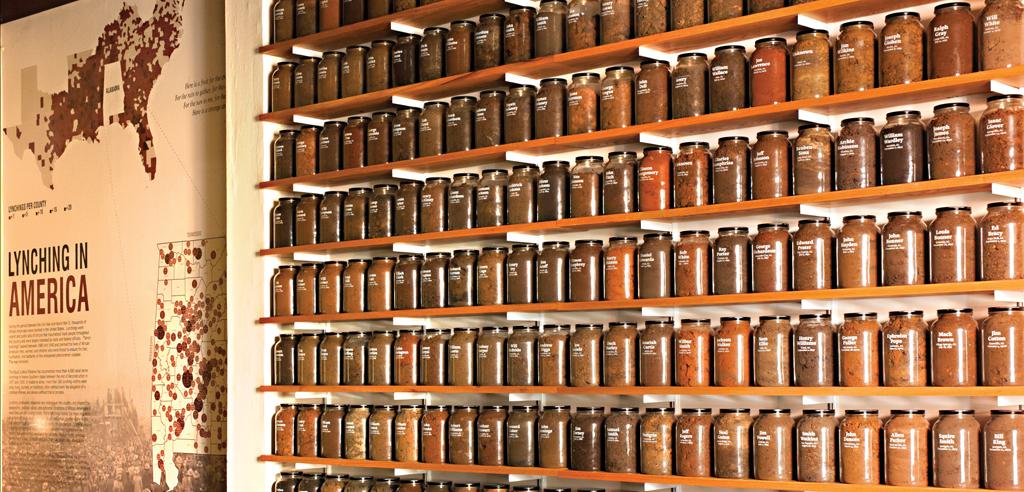
The following story and project is supported by the Oregon Coast Visitors Association. This article was written by Taylor Stewart with the Oregon Remembrance Project.
Alonzo Tucker Task Force
The City of Coos Bay, the Coos History Museum, the Oregon Remembrance Project, the Alonzo Tucker Project, and a constituency of Coos County community members have convened a task force to determine which form an Alonzo Tucker memorial should take. The determined course of action is to continue Coos Bay’s partnership with the Equal Justice Initiative from Montgomery, AL.
Our collective memory and our collective consciousness hold power. What we choose to remember as well as how we choose to remember history is a reflection of the soul of our society. Bryan Stevenson, the Executive Director of the Equal Justice Initiative, says that “truth and reconciliation are sequential.” In order to get to reconciliation, we must first engage in the requisite truth telling. We have chosen to embark on this campaign of truth and reconciliation by placing a physical memorial to the history of lynching and to Oregon’s only recorded African American victim of lynching, Alonzo Tucker. Through placing this physical memorial, we are permanently installing this history into our collective knowledge and setting the course for our relationship with history in a way that compels us to learn from that history.
In April 2018 the Equal Justice Initiative opened the National Memorial for Peace and Justice, our nation’s first memorial to the history of lynching. In conjunction with the National Memorial for Peace and Justice, the Equal Justice Initiative has implemented the Community Remembrance Project, which aims to work in the communities where lynchings took place to find healing and reconciliation through a sober reflection on history. Coos Bay completed Phase 1 of the Community Remembrance Project on February 29, 2020 when we held a soil collection ceremony from the spot where Alonzo Tucker was shot. Two jars of soil were collected that day. One jar is now on display at the Coos History Museum with a panel on Alonzo Tucker and the other is now on display at the Equal Justice Initiative’s Legacy Museum in Montgomery. The Alonzo Tucker Task Force has now decided to complete Phase 2 of the Community Remembrance Project, the installment of a historical marker. The historical marker is two-sided, one side will tell the story of lynching in America as a whole and the other side will tell the story of Alonzo Tucker. The rectangular marker is 7ft tall and 42in x 39.5in wide. The Equal Justice Initiative will pay for the marker and all shipping expenses. It will be up to the Alonzo Tucker Task Force to raise funds for the installation costs.
Coos Bay will be joining the growing list of other communities across the country that have made this history a permanent installation in their community. We find reconciliation for this lynching not by our acts of remembrance but by how those acts of remembrance change us. We find reconciliation not by our knowledge of lynching but by what we do with that knowledge. We find reconciliation not by reflecting solely on the past but by critically evaluating the present. Only through a critical examination of history can the past illuminate our present and guide us toward our future.
You can support this effort by filling out the Alonzo Tucker Memorial survey.
– Written by Taylor Stewart (Oregon Remembrance Project)